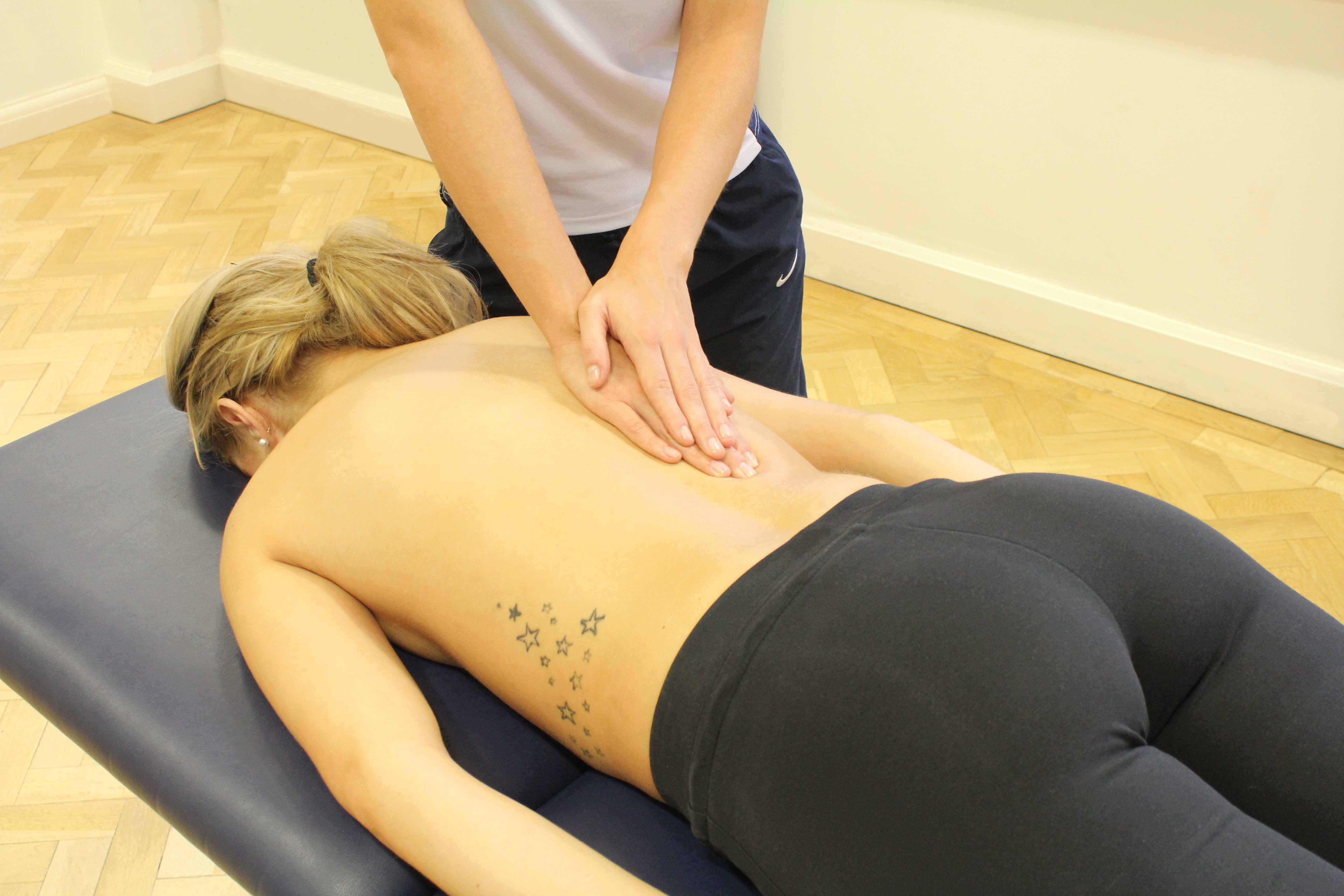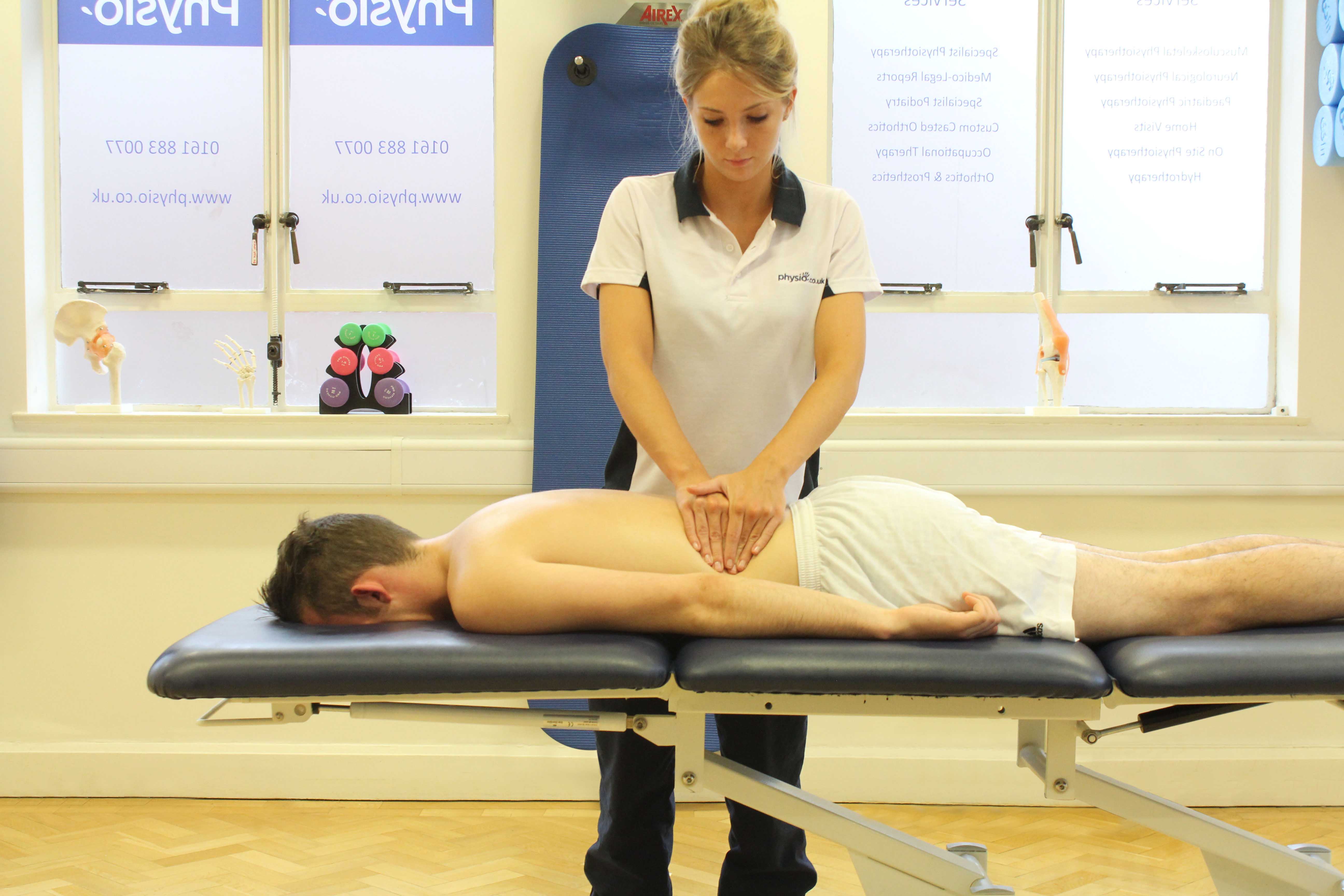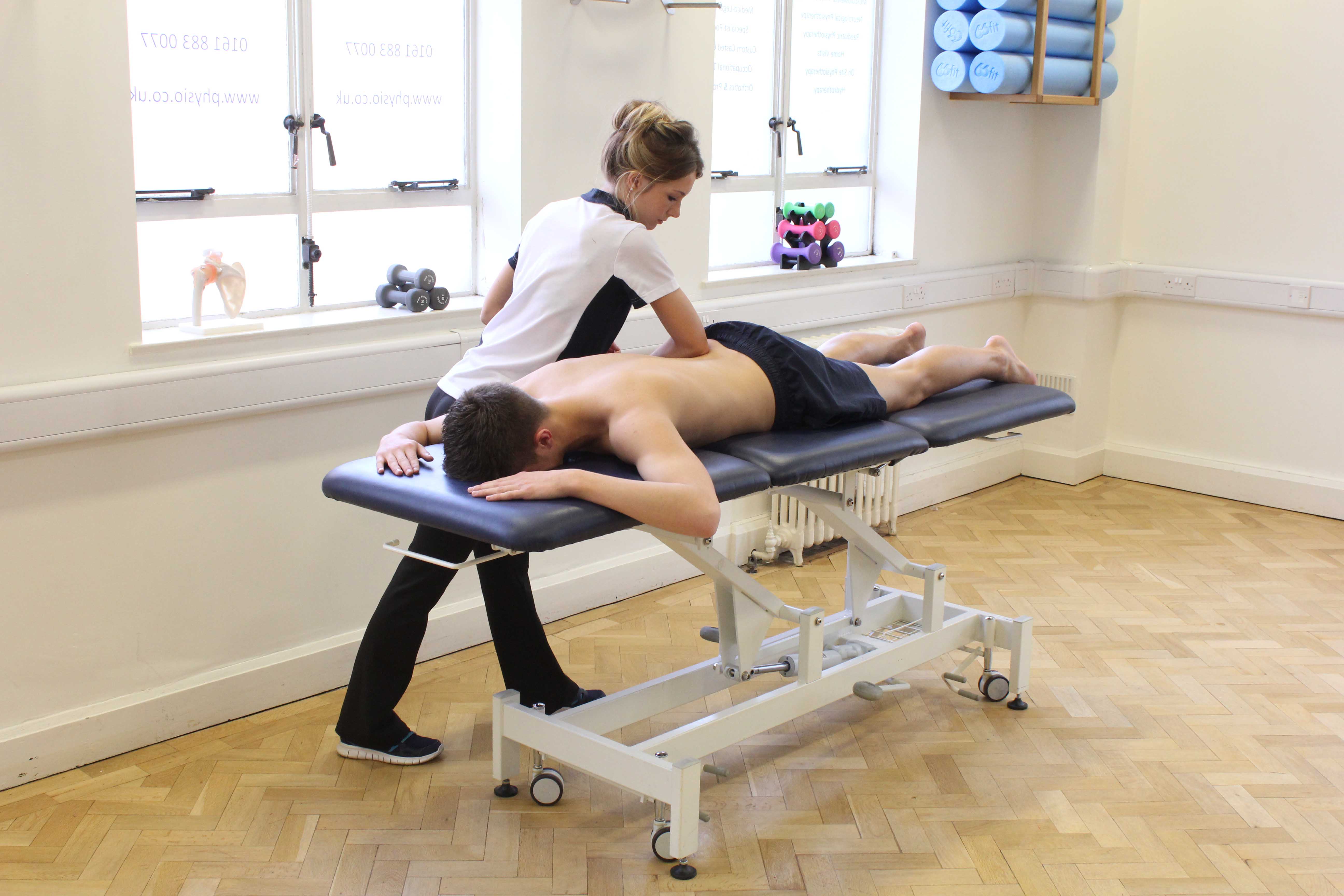What is a selective dorsal rhizotomy?
Selective dorsal rhizotomy is a neurological surgery technique that removes some nerve roots in the spinal cord. It is used to treat people with spasticity (increased muscle tone) in the muscles of the lower limbswhich can be caused by neurological conditions. The muscles in the lower limbs are innervated by nerves that originate in the lower back. If someone has a neurological condition then these nerves can be affected and this causes the spasticity in the lower limbs. Selective dorsal rhizotomy surgery is performed under general anaesthetic on the lower back and the nerve roots that are causing the spasticity are removed. This prevents spasticity occurring in the muscles and allows the muscles to be used normally. Physiotherapy is an essential part of rehabilitation following a selective dorsal rhizotomy and is needed to strengthen the legs and help the individual achieve as much function as possible.
Selective dorsal rhizotomy surgery is generally performed on young children due to the nature of the rehabilitation. The surgery results in major changes to the body and the rehabilitation effectively involves the person learning to walk again. It is much easier for a child to achieve this as they have not been walking for very long anyway. Also if the surgery is needed then it is better to have sooner so that improvements can be made at an earlier age.
A selective dorsal rhizotomy is major invasive surgery and is irreversible so it is important to understand the process and the effects of the surgery. It is advisable to discuss the surgery and rehabilitation with health care professionals, including a physiotherapist. Your consultant will be able to discuss with you in detail what happens on the day of the surgery and exactly what happens during surgery. A specialist neurological physiotherapist will be able to discuss in detail the process of rehabilitation such as the aims of treatment and the treatment involved.
 Above: Soft tissue massage of the lower back muscles
Above: Soft tissue massage of the lower back musclesSelective dorsal rhizotomy has the following benefits:s
- Eliminates spasticity in a specific muscle or muscles of the lower limb
- Improve gait (walking) and movement
- Improve function
 Above: Soft tissue massage of the muscles in the lower back
Above: Soft tissue massage of the muscles in the lower backWho benefits from a selective dorsal rhizotomy?
There are several conditions that can respond well to selective dorsal rhizotomy. These include:
- Spastic Cerebral Palsy
- Spastic Diplegia
- Spastic Quadriplegia
- Spastic Hemiplegia
- High levels of spasticity in the lower limb
- Contractures of the lower limb
 Above: Deep tissue massage of the muscles in the lower back
Above: Deep tissue massage of the muscles in the lower backHow does a selective dorsal rhizotomyhelp?
What are the benefits of physiotherapy for people who have had a selective dorsal rhizotomy?
Achilles lengthening surgery often needs a period of rehabilitation following the surgery. Physiotherapy is an important part of rehabilitation and has several benefits including:
- Increasing range of movement in the achilles tendon
- Strengthening the achilles tendon
- Improving walking
- Facilitating a return to everyday activities
What does physiotherapy involve for people who have had a selective dorsal rhizotomy?
Rehabilitation following a selective dorsal rhizotomy is a long and intensive process so it is important the individual is able to take part in this and that they are motivated to work hard. If they are a young child then the parents or carers must be sure that the child can attend the rehabilitation programme. The physiotherapist will use different treatments and techniques to rehabilitate an individual following achilles lengthening surgery. These may include:
- Scar management techniques
- Range of movement exercises
- Stretching exercises
- Strengthening exercises
- Gait re-education and advice on walking
- Advice on everyday activities
Physiotherapy will also involve a home exercise programme so it is important that this is done so that the best possible progress can be made. If it is a young child then the parents or carers will be shown how to treat the child themselves away from physiotherapy so that the best possible progress is made.
Summary
A selective dorsal rhizotomy is a neurosurgery technique that removes some nerve roots in the spinal cord. This is done to eliminate spasticity in specific muscles of the lower limb. Spasticity of muscles in the lower limb can make walking and everyday activities very difficult so the surgery aims to improve movement and therefore improve walking and everyday activities. This results in a better quality of life and can be used to treat several conditions. These improvements can only be made by taking part in a long term intensive rehabilitation programme with several different health care professionals, including physiotherapists. Physiotherapy will initially involve strengthening and increasing the range of movement of the muscles in the lower limb. There will also be a strong focus on improving mobility and everyday activities. The aim of the surgery and rehabilitation as a whole is to allow the person to achieve more than they previously could.
For more information on selective dorsal rhizotomy please contact us or call Physio.co.uk on 0330 088 7800.

 0330 088 7800
0330 088 7800

































